Not your granddaddy's iPhone SE.
Back in spring of 2016 — March 31, to be specific — the original iPhone SE launched. It was a callback to the four-inch iPhone many of us loved but couldn't upgrade to for more than two years. As iPhones were getting bigger and bigger (iPhone 6 and iPhone 6 Plus in 2014, to start), some still wanted the diminutive hold-it-in-one-hand design of the iPhone 4. We got that with the 2016 iPhone SE.
Now, Apple has done something similar with the 2020 iPhone SE. No, it's not a callback to the four-inch form factor, but instead is a callback to the beloved Touch ID Home button. Those who have held out hope that Apple will someday bring back the Home button to modern iPhones can finally rejoice. The 2020 iPhone SE has updated internals, but keeps the familiar and trusted form factor of the iPhone 6 through iPhone 8.
It has a bright (625 nits bright) 4.7-inch Retina display, a 12MP camera with Portrait mode and Portrait Lighting for the back camera and the FaceTime camera. 4K video support includes extended dynamic range for better highlights and contrast and you can turn a snapshot into a video with QuickTake, Apple's latest camera feature.
It is outfitted with Apple's latest A13 bionic chip with a third-generation Neural Engine. It's water-resistant up to one meter for 30 minutes (IP67), supports wireless charging and fast charging with an 18-watt plug, And of course, it's got that sweet, sweet Home button.
It's Apple's most popular size with its most advanced processor at a fraction of the price of any other modern iPhone to date. So let's take this baby for a test drive.
Note: I'll have a more in-depth review coming later. I've only been playing with the 2020 iPhone SE for a few days as of this writing.
Low Price/High Value
iPhone SE (2020)
Apple's lowest-price iPhone stocked with the latest internals.
Bottom line: If you've been waiting three years for Apple to update the Home button iPhone, your wait is over.
iPhone SE (2020): In Brief
For people who want:
- Home Button
- Touch ID
- Smaller, lighter design
- A13 processor speeds
- Incredibly low price
- Dual-SIM
- Portrait mode
- Haptic Touch
- Water resistance
Not for people who want:
- A "Plus" size display
- Face ID
- True Depth camera
- bezel-less design
- Ultra-wide or telephoto cameras
- 17+ hours battery life
- OLED technology
- USB-C
The 2020 iPhone SE looks, on the surface, nearly identical to the iPhone 6 through iPhone 8. It has the same casing and camera array, which is part of why the price is so dang low. The initial R&D cost of the chassis was paid off long ago, so Apple can keep the cost low while adding the most advanced processor.
The screen size, when measured diagonally, is 4.7-inches, which is also the same size as the iPhone 6 through iPhone 8. It's slightly shorter and a tinsy bit thinner than the iPhone X through iPhone 11 Pro models, even though the latter has a 5.8-inch screen. This is because the 2020 iPhone SE has a forehead and chin. That is, it's got a bezel on top and bottom. This is not an edge-to-edge screen.
Though similar to the iPhone 6 through iPhone 8 in looks, the iPhone SE has some very important upgrades, including support for dual-SIM, so you can have two different phone numbers on one phone (for home and work, for example). It has Portrait mode and Portrait lighting built-in, something that no other Home button iPhone has ever had. It is water resistant for as deep as one meter for as long as 30 minutes, so your iPhone won't fritz out on you if you drop it in a puddle of water. It has Haptic Touch instead of 3D Touch. And of course, has that super-fast A13 bionic chip as compared to the iPhone 8's A11 chip.
Storage options start at 64GB and double to 128GB for just $50 more. Double that to 256GB for another $50 more and you've maxed out the price of the iPhone SE at only $550, less if you're trading in an old iPhone.
It comes in white, black, and (PRODUCT)RED. A purchase of the latter will contribute to the Global Fund to combat COVID-19, at least for now.
A classic design
The iPhone SE (2020) is nearly identical to the iPhone 6, iPhone 6s, iPhone 7, and iPhone 8 in height, width, depth, and weight.
| Model | Height | Width | Depth | Weight |
|---|---|---|---|---|
| iPhone 6 | 138.1 mm | 67.0 mm | 6.9 mm | 129 grams |
| iPhone 6s | 138.3 mm | 67.1 mm | 7.1 mm | 143 grams |
| iPhone 7 | 138.3 mm | 67.1 mm | 7.1 mm | 138 grams |
| iPhone 8 | 138.4 mm | 67.3 mm | 7.3 mm | 148 grams |
| iPhone SE (2020) | 138.4 mm | 67.3 mm | 7.3 mm | 148 grams |
The camera configuration is in the exact same spot though the Apple logo is slightly lower on the 2020 iPhone SE (it's more centered).
The backside of the iPhone SE has the glass and aluminum design of the iPhone 8, iPhone XR, and iPhone 11.
It has the same size bezel as its predecessors from the iPhone 6 through the iPhone 8 with a Touch ID enabled Home button at the bottom center of the screen.
With so many identical features from one model to the next, you might think the 2020 iPhone SE would be lambasted as outdated or uninspired, but you'd be wrong. A lot of people love the iPhone 6 - 8 design and continue to love it today. This iPhone is for them.
A display for most people
The iPhone SE's Retina HD display is a 4.7-inch widescreen LCD multi-touch display with IPS technology, the same technology that dates all the way back to 2014 with the iPhone 6. It has the same pixel resolution and P3 wide color specs as the iPhone 8 and iPhone 7, but is an improvement over the iPhone 6 and iPhone 6s sRGB standard (and it's brighter at 625 nits compared to 500 nits). It features True Tone display like its predecessor, the iPhone 8.
The LCD display is noticeably different from the screen on the iPhone 11 Pro — the latter has a blueish tint. When compared to the iPhone X and the iPhone Xs, however, the difference is less noticeable. With the brightness turned all the way up on all four screens, the 2020 iPhone SE is dimmer, but is actually softer on the eyes. If you're not making a side-by-side comparison on a white screen, it seems just as bright and colorful.
When comparing watching a video between the 2020 iPhone SE and the iPhone 11 Pro, I was blown away at how well the SE performs.
When comparing watching a video, for example, between the 2020 iPhone SE and the iPhone 11 Pro, I was blown away at how well the SE performs. The screen seems just as bright, just as rich, and just as beautiful.
The 2020 model uses Haptic Touch instead of 3D Touch, which first appeared in the iPhone 6s in 2015. What's the difference between the two? It mostly comes down to what you physically do to trigger it. With 3D Touch, you press harder on the screen to trigger additional features, like the app menu or photo saving options. With Haptic Touch, you press longer.
In 2019, Apple made major alterations to what 3D Touch could do, bringing it more inline with phones that don't have 3D Touch. Today, 3D Touch is nearly identical to Haptic Touch except for how it's triggered.
It's computational versus physical. With a 3D Touch screen, there is a physical component that triggers the action. With Haptic Touch, the length of time your finger sits on the screen causes the trigger.
The iPhone SE (2020) features True Tone, which adjusts the lighting on the screen based on the lighting in the room. It makes it easier on the eyes if you're using your iPhone in dimly lit rooms, but you can disable it if you need full brightness.
For this updated design, Apple chose to make all bezels black. I think this was a smart move. It blends the bezels into the screen better, making it appear less noticeable. I loved the white bezel look, but I can see the appeal of "hiding" the bezels a little.
As far as screen size goes, yes, I do enjoy having the extra landscape that the iPhone 11 Pro provides, but I don't find the iPhone SE feel cramped. I can type easily on the smaller keyboard, as compared to the iPhone 11 Pro.
One thing I really miss having on the iPhone SE is tap-to-wake. On iPhone 11, I can just tap the screen if I want to see the time or check for notifications I may have missed. On iPhone SE, I have to press the Home button with a finger that isn't registered to unlock it.
Camera advancements without the extra cost
The camera on the 2020 iPhone SE is not Apple's most advanced camera system. For that, you'd want to look at the iPhone 11 Pro. Instead, the iPhone SE sports the same camera as the iPhone 7 and iPhone 8 ... sort of.
Just like the iPhone 7 and 8, the iPhone SE is outfitted with a 12MP wide-angle camera with ƒ/1.8 aperture, optical image stabilization, digital zoom up to 5x, and True Tone flash.
The 2020 iPhone SE has been updated with Smart HDR for photos (thank you neural engine) and Portrait mode with Portrait Lighting (with Natural, Studio, Contour, Stage, Stage Mono, and High-Key Mono effects). Though Portrait mode on the iPhone SE does not work with anything but human faces. No pet portraits or fancy food flare.
The FaceTime camera also includes support for Portrait mode and Portrait Lighting, which is great for those awesome selfies you've always wanted to take.
It may seem like a small upgrade, but for those Home button/ Touch ID enthusiasts, the addition of Portrait mode is a very big deal. No more bokeh effect FOMO for you.
I was really impressed by how well the iPhone SE performed in dimly lit environments.
The biggest thing missing (aside from no Portrait mode for pets) is Night mode. A13 Bionic Neural Engine technology can only get you so far if you don't have Night mode. That being said, however, I was really impressed by how well the iPhone SE (2020) performed in dimly lit environments.
I popped into my garage in the middle of the day for some experimentation. It was dark in there. There was some light leaking through the various cracks in my 1920s wooden structure, but I was sure the pictures would turn out noisy and way too dark. Instead, what I saw was a crisp picture with some smoothing effects to hide the noise that you wouldn't even notice if you weren't looking for it. I also discovered a roll of toilet paper I never noticed was there. Bonus!
I was so impressed that I just had to push the envelope. I found the darkest spot in my garage, which was a pile of drums hidden under a tarp in a far corner where very little light leaks through. Here's where there is a lot more noise as the iPhone attempts to recreate the effect of drawing in more light, but it's still smoother than I expected. With a little bit of post-production work, an image this dark could end up looking great.
As far as performance of Portrait mode goes, it's a bit disappointing. Thanks to the upgraded camera array of the iPhone 11 lineup, the bokeh effect is smoother around the edges of the subject. On the iPhone SE, the blurred background is starkly contrasted against the clear subject. Luckily, you can adjust the depth of field effect by reducing the blurred background, making it look more natural.
4K record all the things, please
Similar to the camera upgrades, the video upgrades may seem incremental on the surface, but the changes are big enough to be a big deal.
The iPhone SE supports 4K video at 24, 30, or 60 frames per second (fps), 1080 HD video recording at 30 or 60 fps, optical image stabilization, digital zoom up to 3x, Slo-mo video at 120 or 240 fps, and time-lapse video with stabilization. With optical image stabilization, you can walk (or run) down the street while filming and have a smoother output then you would without. It's not a built-in steady cam or anything, but it's also so much better than the "Blair Witch" style moving videos of yesteryear.
It features stereo recording, which is a fantastic new feature. The biggest difference is in the addition of extended dynamic range for video up to 30 fps. Dynamic range is a digital process Apple uses to capture both bright light and dark shadow in a single image. When filming at 30 fps, extended dynamic range grabs additional frames using bright and dark exposures, and computationally analyzes them, combining frames when appropriate to provide a wider range of lighting for the video.
A zippy little guy
An upgraded processor chip means so much more than just faster app loading. It means better computation, improved battery performance, and an all-around smarter operating system.
The A13 bionic chip has up to 1.4x faster CPU and up to 2x faster GPU than the iPhone 8. This speed bump helps improve graphics for gaming and augmented reality programs and smoother performance for process intensive apps.
What does that mean in practicality? It means when you open up a processor-heavy app, it loads right up instead of seeing that spinning wheel for a few seconds. It means you can play AR games without those little stutters. It means you won't have any trouble playing fast animations graphics-intense games.
That's kinda obvious.
It also means that Siri is more capable of learning from your daily usage (though it's still far from perfect). When you use Siri search, the third-generation neural engine finds what you're looking for faster and smarter. It also means that searching for photos of trees, not only will it bring up all photos with trees in them, but it will also identify Christmas trees, oak trees, Eucalyptus trees, and so on, much better.
It's not so much faster that an iPhone 8 user will be mind-blown. It's most noticeable for those apps and games that require a significant amount of processing. Things like video editing apps and AR games.
Two-timing with Dual SIM
With the launch of the iPhone XS and iPhone XR, Apple added support for Dual SIM, which means you can have two separate lines on one iPhone. If, for example, you want different work and personal lines, or want a separate international plan, Dual SIM means you can have just that. In all supported countries except Mainland China, Hong Kong, and Macao, the second SIM is an eSIM (those mentioned countries have two physical nano-SIM cards). When enabled, you can quickly switch between SIMs from the Phone app on your iPhone.
Why not Ultra Wideband chip?
Ultra Wideband, first introduced in the iPhone 11 lineup, uses a custom-built chip apple calls the U1 chip. Right now, it's mainly used to pinpoint where one iPhone is in relation to another for purposes of such things as sending AirDrop files to the right iPhone in a crowded space.
The most notable, but still rumored, use case for the U1 chip is the so-called "AirTags," which is Apple's as-yet-unofficial tracking device that could be used to help you accurately find misplaced items (think: Tile trackers).
So, if Apple was so excited to show off Ultra Wideband on the iPhone 11, and there's supposedly a new tracking device in the pipeline, would Apple leave out the U1 chip in it's brand new iPhone SE?
Pure speculation here, but it's likely just to keep costs as low as possible. The iPhone SE's chassis, remember, is a few years old. Finding room for a new U1 chipset might be a bit too much new for a four hundred dollar iPhone.
That sweet, sweet Home button
OK, I know this is why many of you are here. It's for the Home button. More specifically, it's for Touch ID. Though the price of the iPhone SE (2020) is undeniably enticing as an upgrade option, a lot of you have been sitting on your iPhone 8 or older handset because you strongly disapprove of Face ID (or possibly the notch). I hear you. I was strongly committed to a four-inch iPhone and used my iPhone 5S until the iPhone SE, and then stuck with that one until I gave up hope and switched to the iPhone X. I know how important this feature is for you, and I'm sympathetic to your ideals.
If you've been waiting for years for Apple to finally release a new iPhone with modern technology that also has a Home button with Touch ID, this is your lucky iPhone.
You know what I really like? Being able to unlock my phone without having to stick my face in front of it.
Going from Face ID back to Touch ID, I thought I'd have trouble remembering to use my fingerprint to unlock my phone, but actually, I got used to it so quickly that I started trying to unlock my iPhone 11 Pro with my fingerprint instead. Using the Home button to trigger such things as the app switcher is really just as intuitive as swiping up from the bottom of the screen on buttonless iPhones. It ended up being a smooth transition for me.
You know what I really like? Being able to unlock my phone without having to stick my face in front of it. Sneaky peaks under the table and unlocks while I'm immersed in a movie can actually happen with Touch ID. It's a little thing, but I see the appeal of Touch ID, for sure.
$399! How, even?
In 2016, Apple launched the original iPhone SE at a starting price of just $399 for the 16GB model. You could upgrade to 64GB for $449. In 2017, Apple upped the storage capacity to 32 or 128GB, keeping the lower-capacity model at $399, but increasing the 128GB model to $499.
Skip ahead to 2020.
The iPhone SE (2020) starts at $399, just like the original model four years ago, but has a starting capacity of 64GB. For $50 more, you can double that to 128GB. For $100 more, you can double that to 256GB.
Adjusting for inflation, that same iPhone that was $399 in 2016 should cost $429 today. Actually, because of the increased storage capacity, it should cost something more like $483 (though the actual cost of storage capacity has gone down significantly since 2016, so that's not an exact comparison).
You're not just getting the same iPhone SE at the same price it was four years ago, either. You're getting Apple's most advanced processor chip, the same chip used in the iPhone 11 lineup (more advanced than the A12Z chip in the 2020 iPad Pro, by comparison), a better camera, and dozens of internal and technological upgrades from the original SE.
Who is the iPhone SE for?
The 2020 iPhone SE is specifically designed for three types of people:
- Those who want the lowest possible price on an iPhone and aren't willing to budge above $500 but want the latest Apple technology
- Those looking to dabble in the Apple ecosystem but aren't quite ready to spend $600 or more. Water testers.
- Those that are hardline against Face ID or just prefer the familiarity of a Home button over learning new gestures.
Oh, there's one more type: those who want a second backup iPhone for whatever secret or not-so-secret reason.
Who would like this iPhone? Honestly, almost everyone. It's lightweight, pocket-friendly, and has the speeds you need for today, tomorrow, and next year's technology. For people who's only computing device is a mobile phone, the screen may be too small for your needs. For people that also have an iPad and/or a Mac, this screen is plenty for your out-of-the-house needs. Though people with larger hands or bigger fingers might have a bit of a learning curve on this keyboard, depending on what phone you're upgrading from.
What about an iPhone SE Plus?
You may have heard a rumor that Apple is also working on an iPhone SE Plus. It could be true or it could be wishful thinking.
On the one hand, Apple has had the "Plus" model iPhone for as long as it's had the iPhone 6, so the same general ideal is in play. It can be built with new internals, but still cost a fraction of the price of modern iPhones.
On the other hand, however, the iPhone SE, ideologically, is a singular low-cost iPhone, not multiple models with different price points (think, original iPhone SE, iPhone 5C, and iPhone XR). Would Apple stray from its standard practice?
If you're holding out hope for an iPhone SE Plus, and don't need a new iPhone right now, I'd recommend waiting until the fall. Apple may have more to give. If you're desperate to replace your phone, however, don't worry about waiting. Apple will always make something newer and better. We'll never be able to get every new iPhone, every time.
The Bottomline
I've been a somewhat loud proponent of the four-inch form factor, even going so far as to stand on my soapbox and claim that the 2020 iPhone SE isn't really an SE (because it's not the same size). After the short time that I've had it, however, I've become so enamored by its size and weight that I'm seriously contemplating switching to the 2020 iPhone SE as a full-time phone. I'm actually thinking about downgrading from the iPhone 11 Pro. The biggest thing I'd miss is the camera, but in exchange for such a portable device, I might actually be willing to give up the triple camera system, Night mode, and advanced Portrait mode.
I'm actually thinking about downgrading from the iPhone 11 Pro.
For me, the iPhone experience is about look, feel, and usability.
The iPhone SE looks great. Don't let anyone tell you it's an outdated design. It's not like a floral couch or a mini skirt with go-go boots. It may be outdated compared to the current lineup of iPhones, but it still looks just as every bit modern as many other smart phones out there. It's the little black dress of phones. Classic and timeless.
It feels great. It's so incredibly light and thin that the iPhone 11 Pro feels like a huge lead weight by comparison. It's the reason I'm heavily considering a permanent switch.
It's usability is great. Thanks to the A13 processor and Portrait mode it's almost on par with Apple's flagship phones. Features that I'd miss not having: Night mode, tap-to-wake, Portrait mode for pets. That's pretty much it. At least in my short time testing.
You may think that most people are raving about the new iPhone SE just because it's so inexpensive. Though price helps, I really think the iPhone SE is worthy of its name. If, like me, you don't want to compromize on size in order to continue getting Apple's latest technology, give the iPhone SE (2020) your consideration. It's a lot more phone than you may realize at a lot smaller size and a lot smaller price.
Low Price/High Value
iPhone SE (2020)
Apple's lowest-price iPhone stocked with the latest internals.
Bottom line: If you've been waiting three years for Apple to update the Home button iPhone, your wait is over.
Review: iPhone SE (2020) is so much iPhone for so little bones posted first on http://bestpricesmartphones.blogspot.com
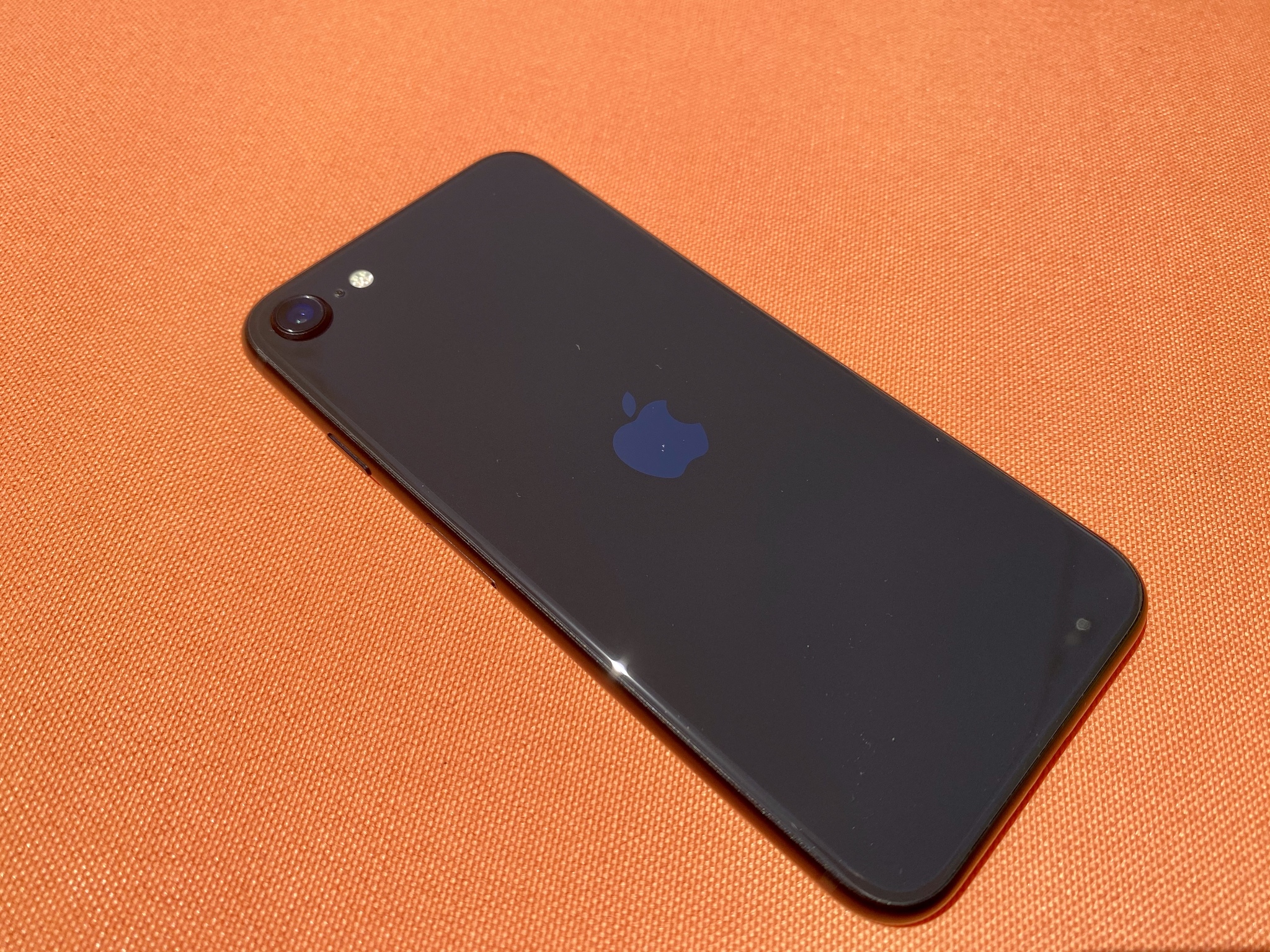
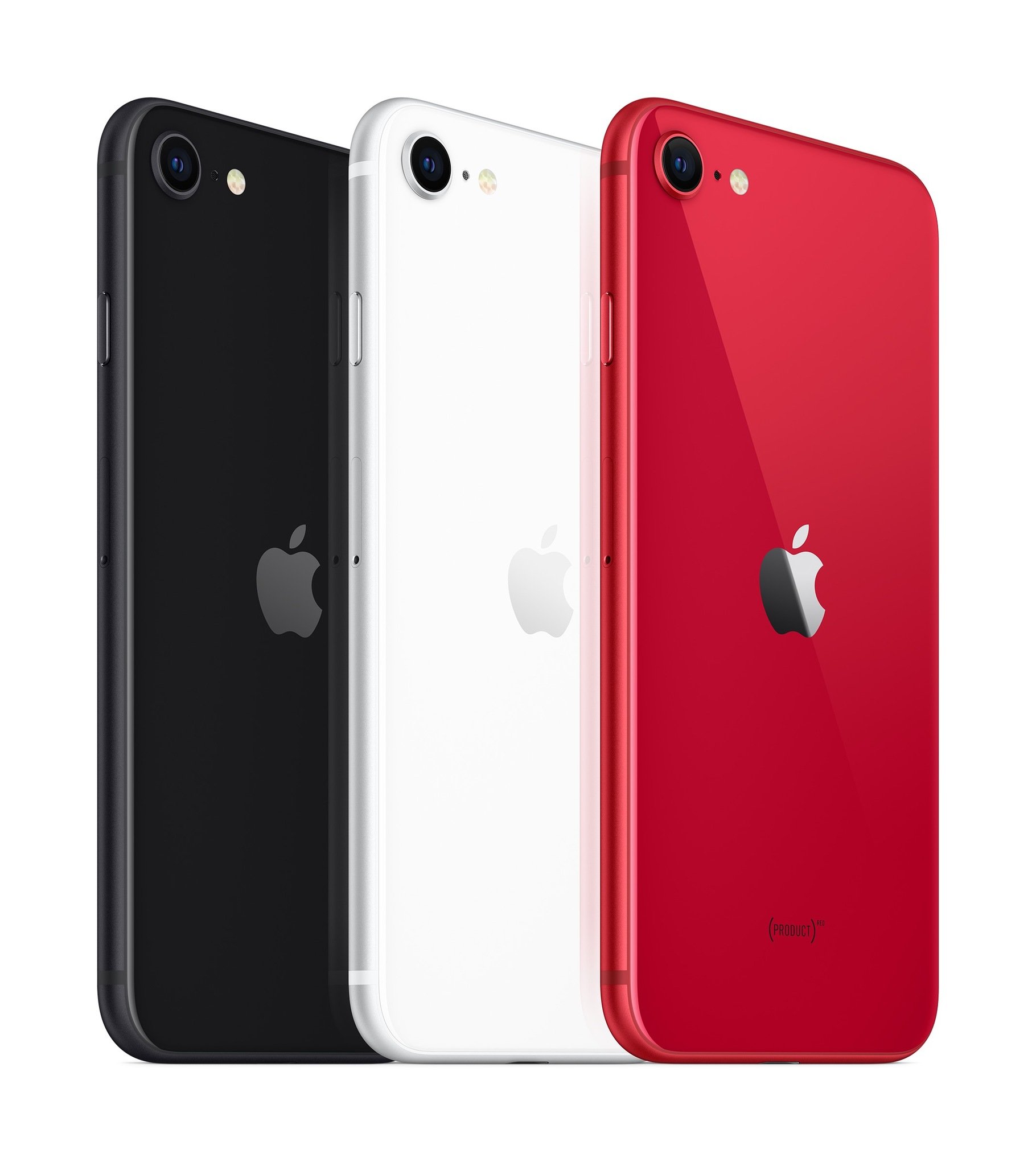
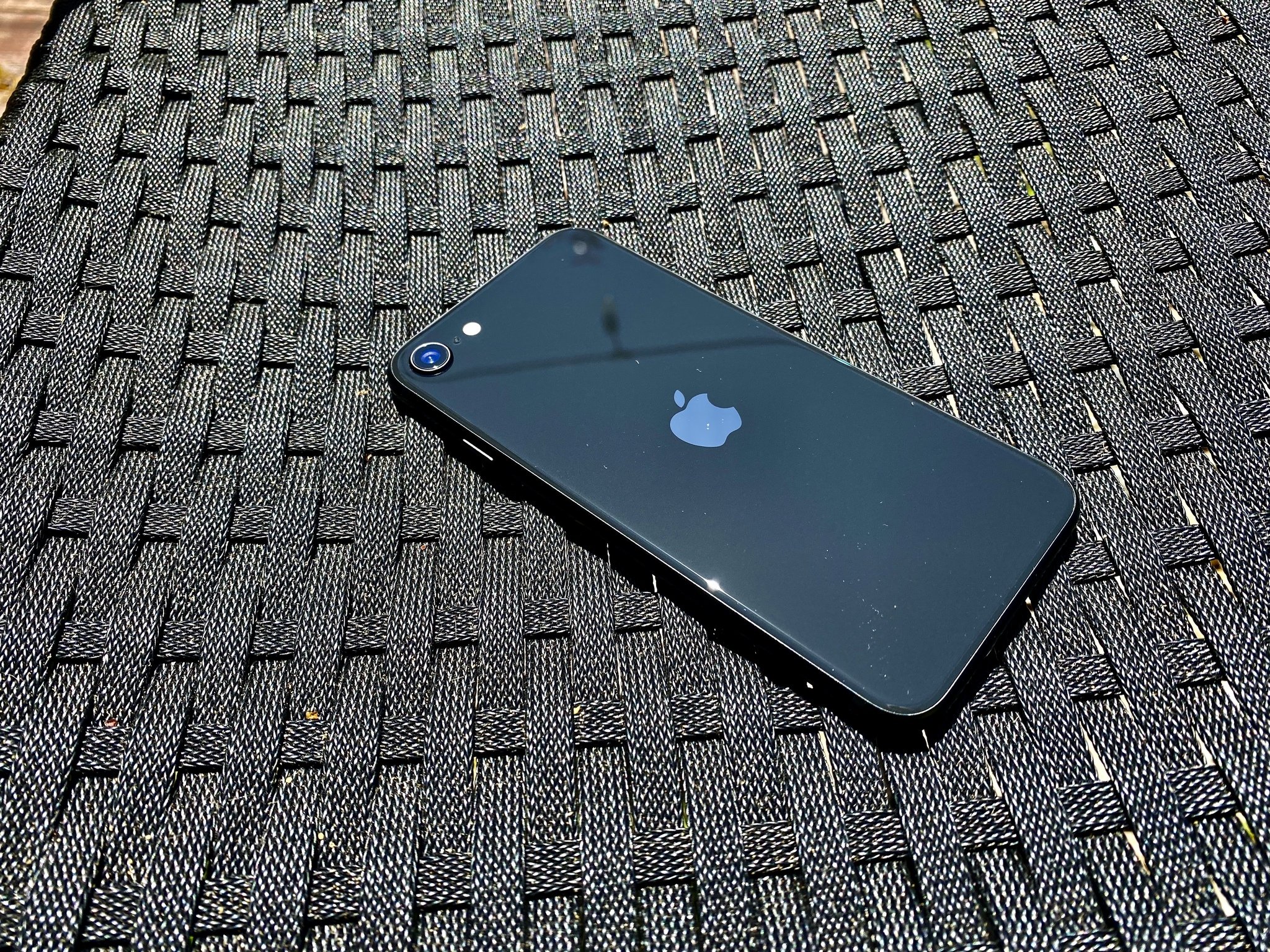
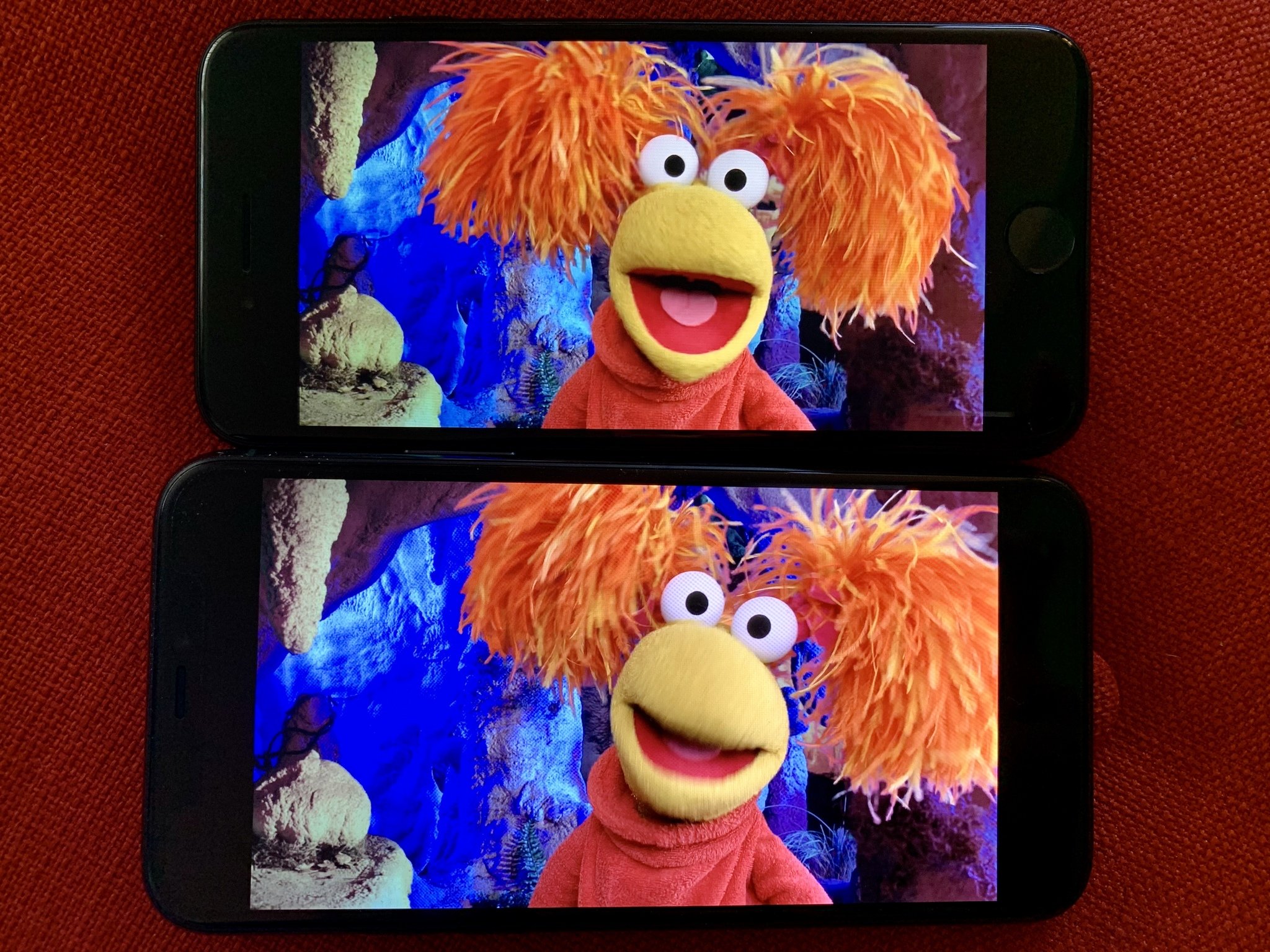
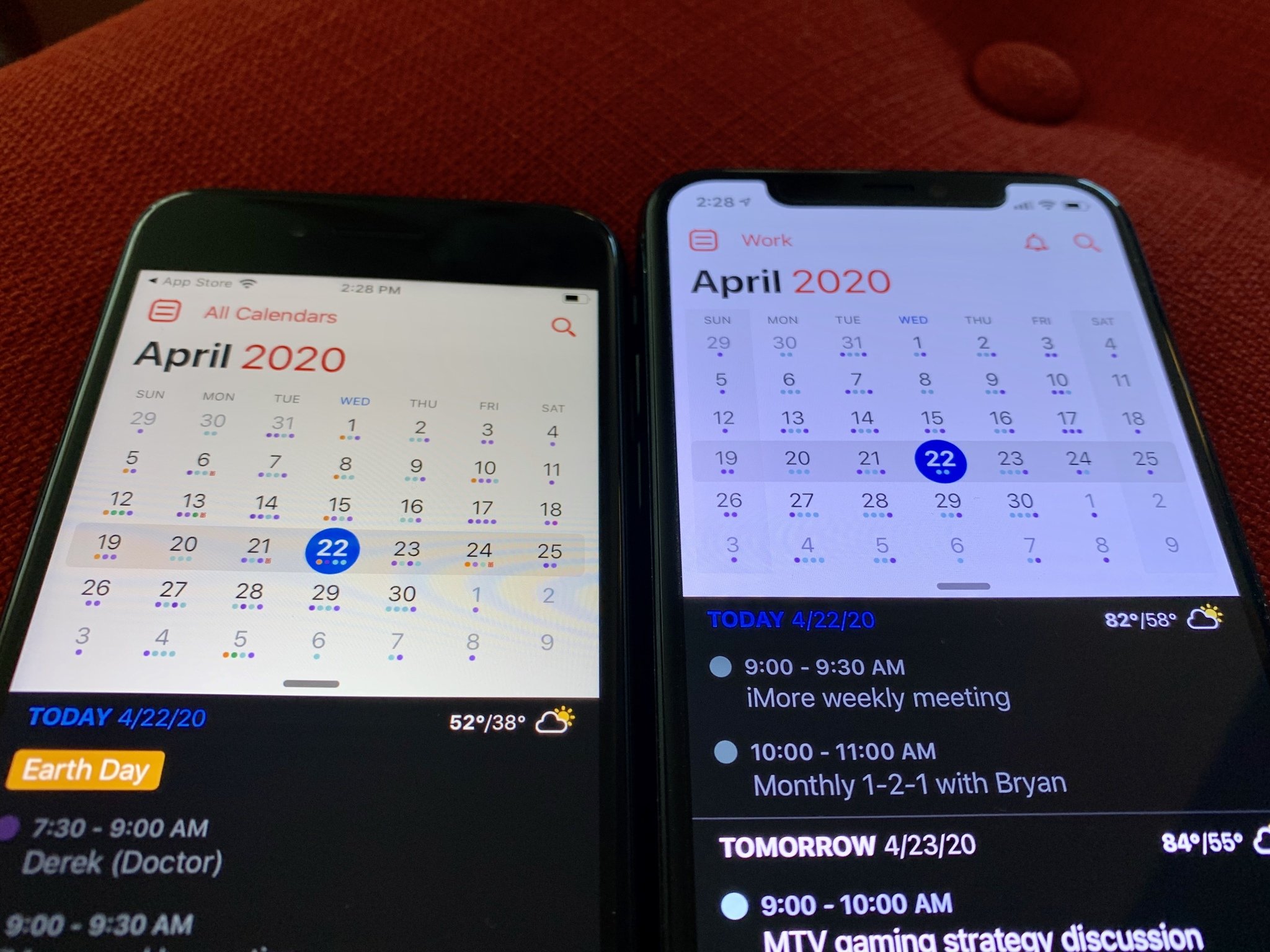
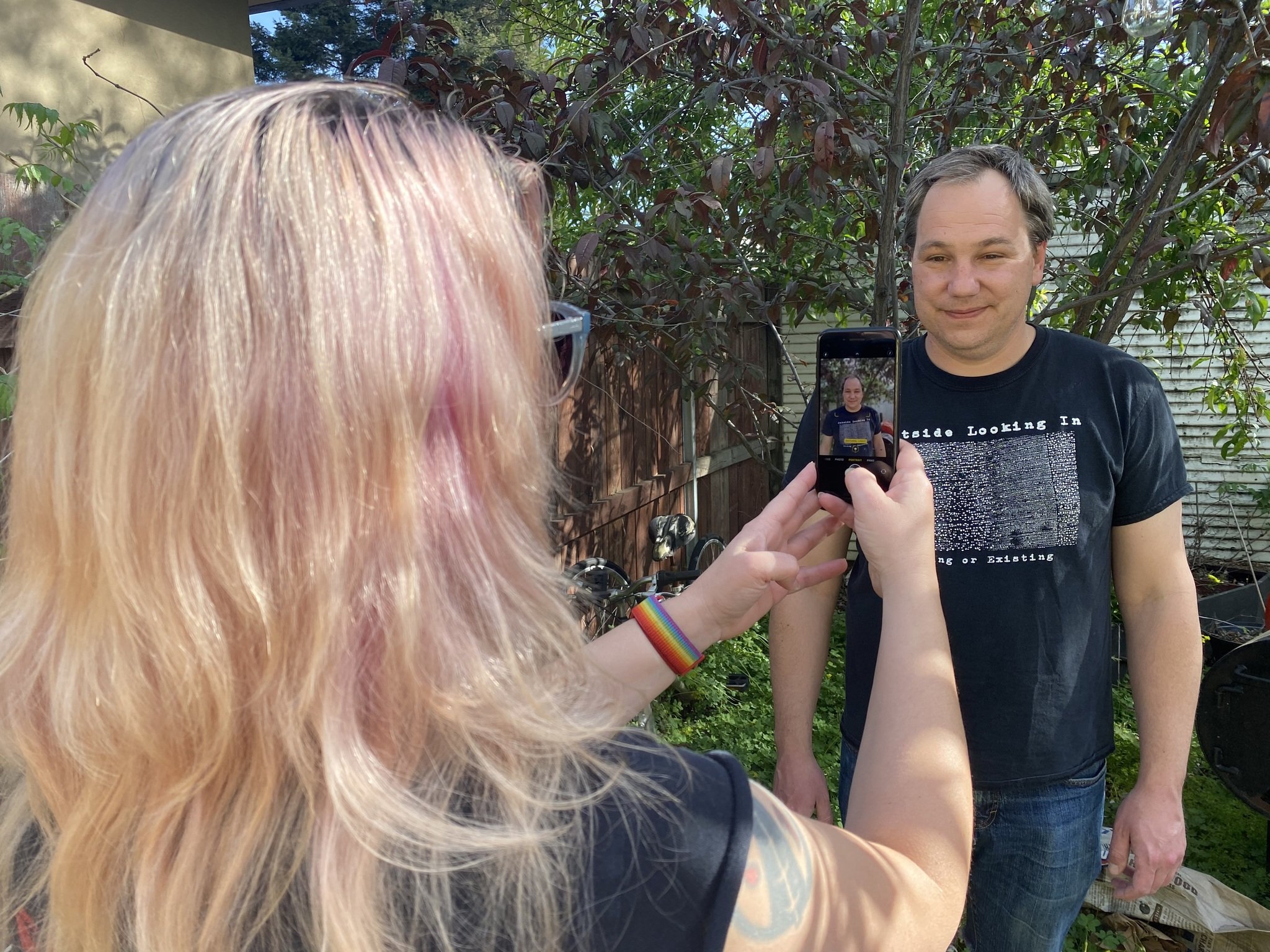
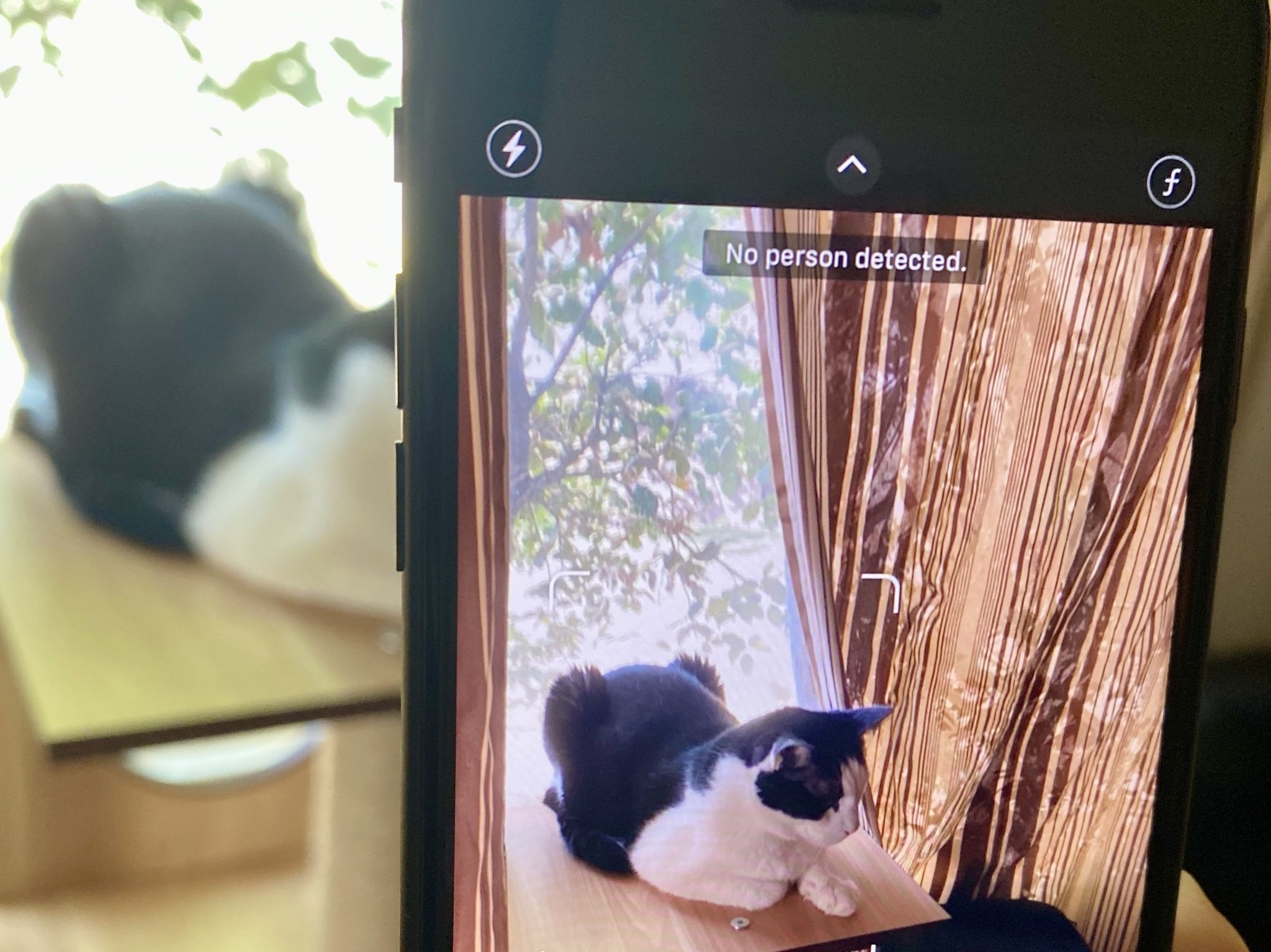
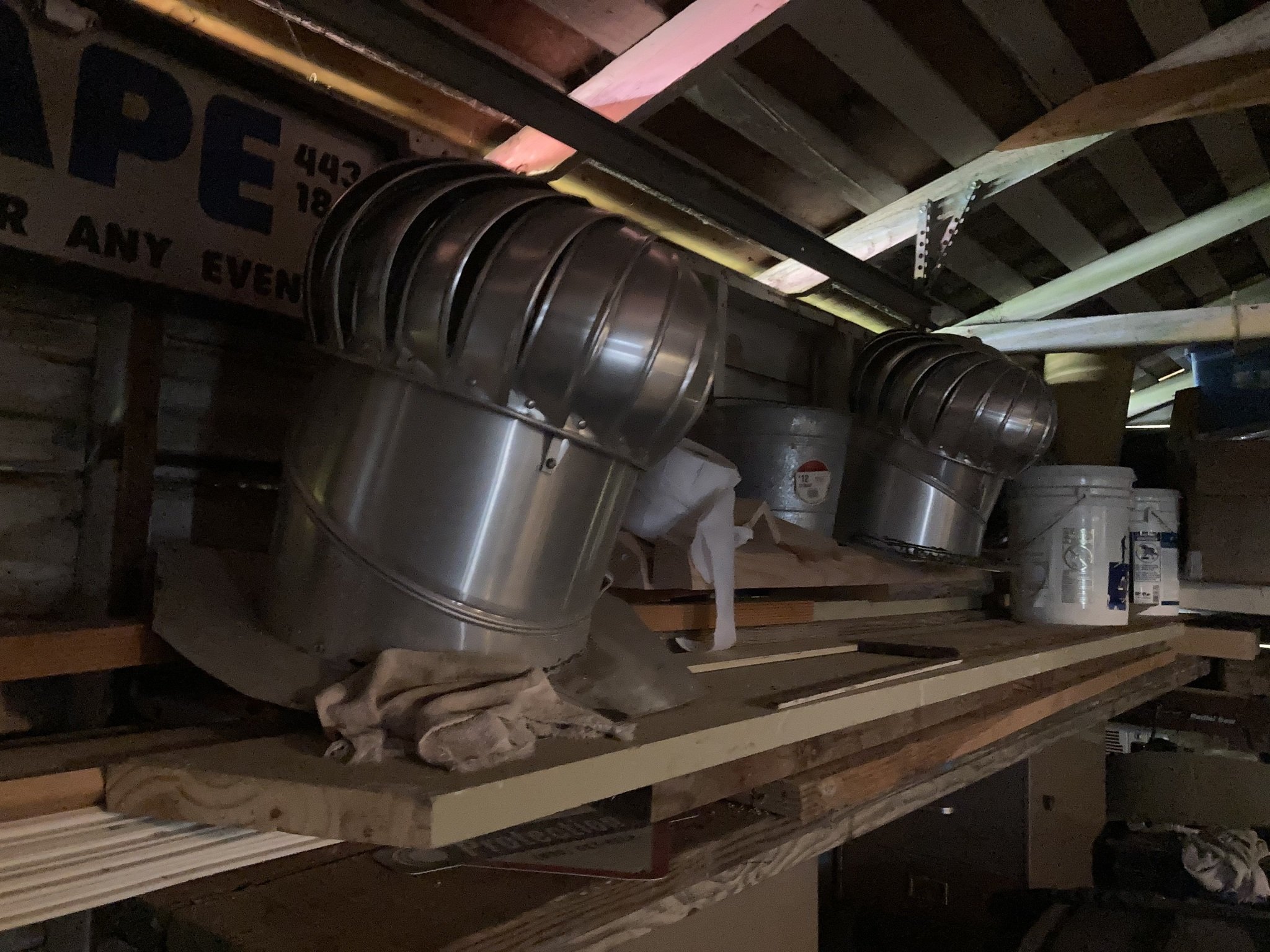
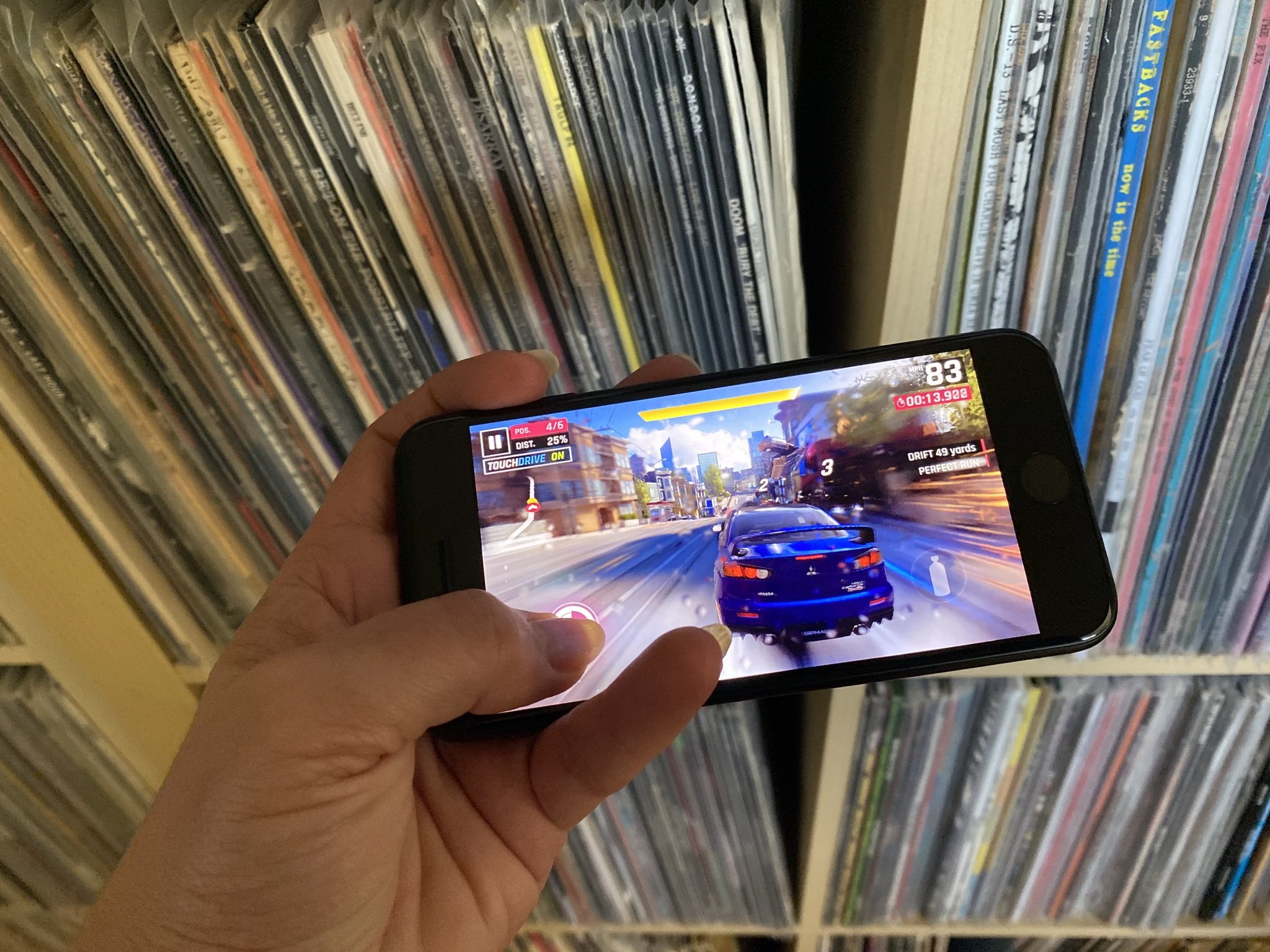
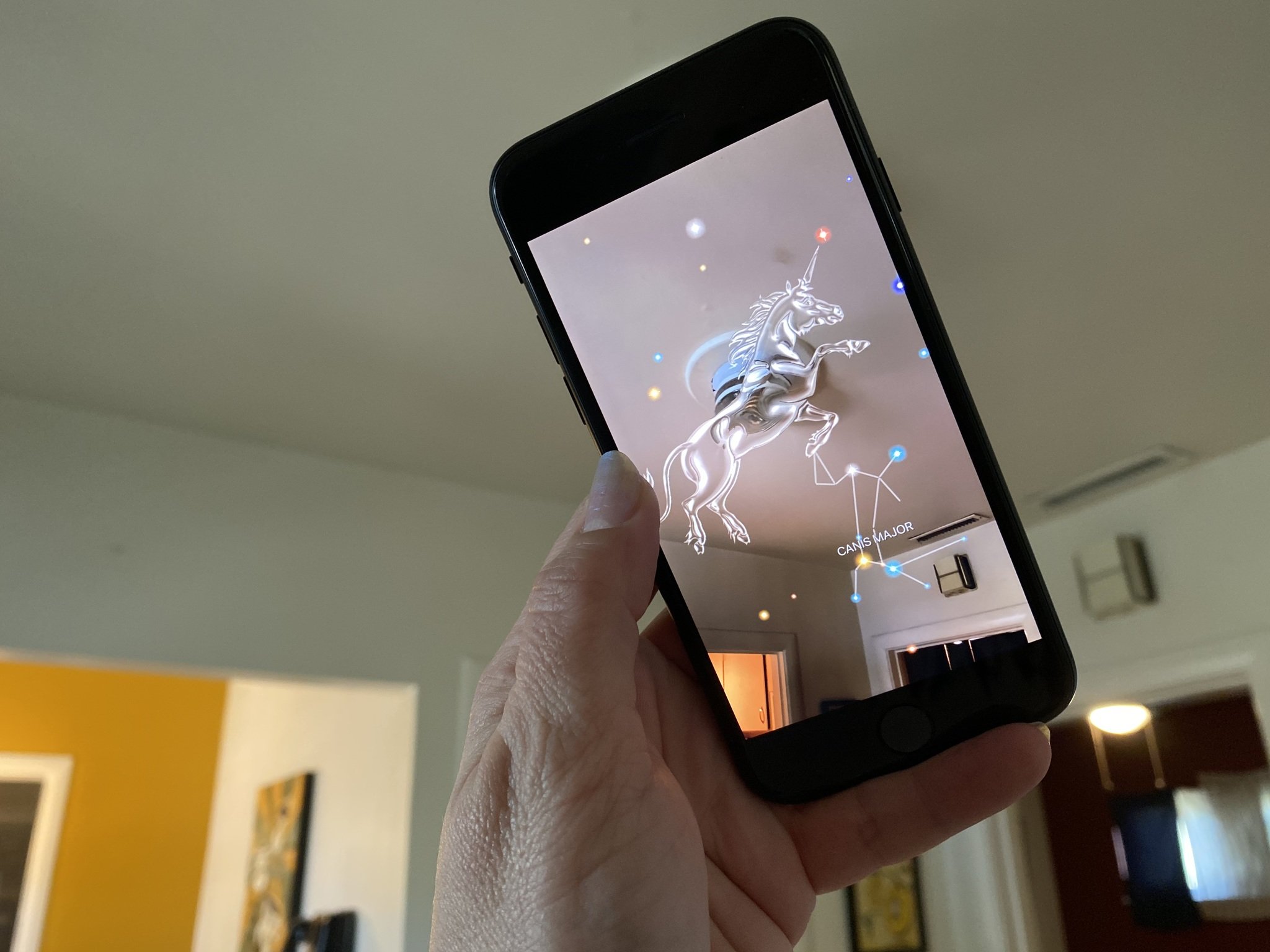
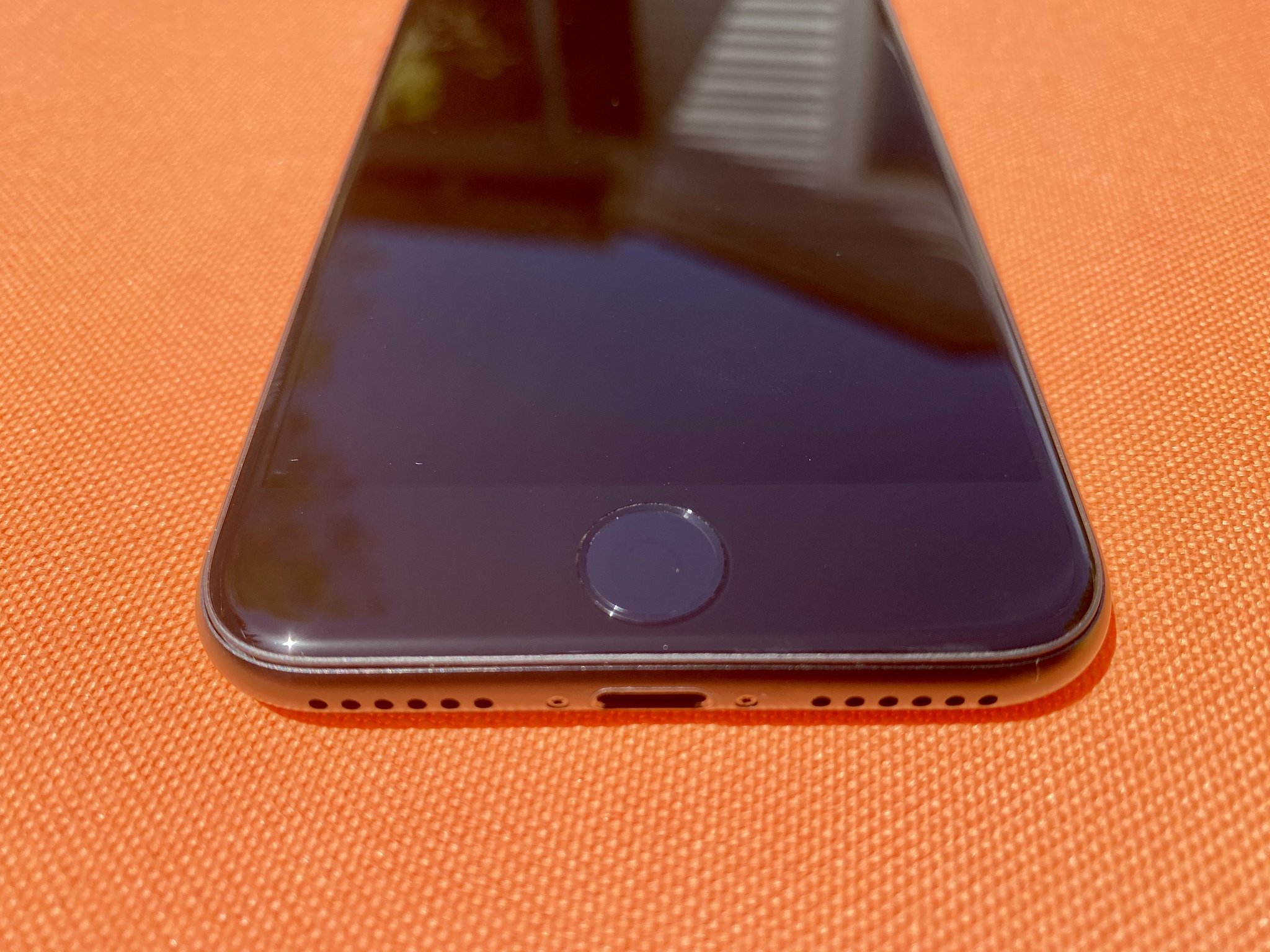
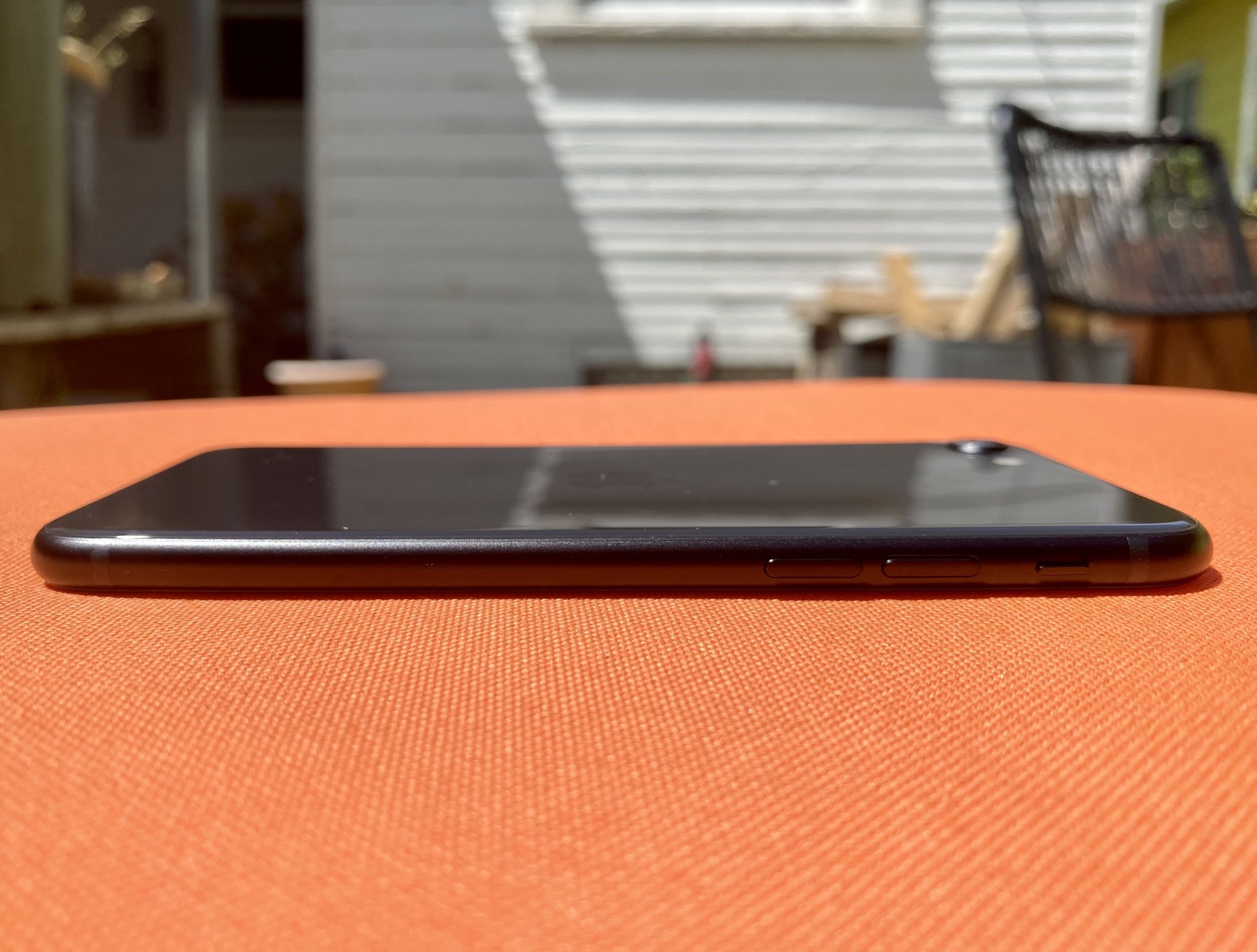
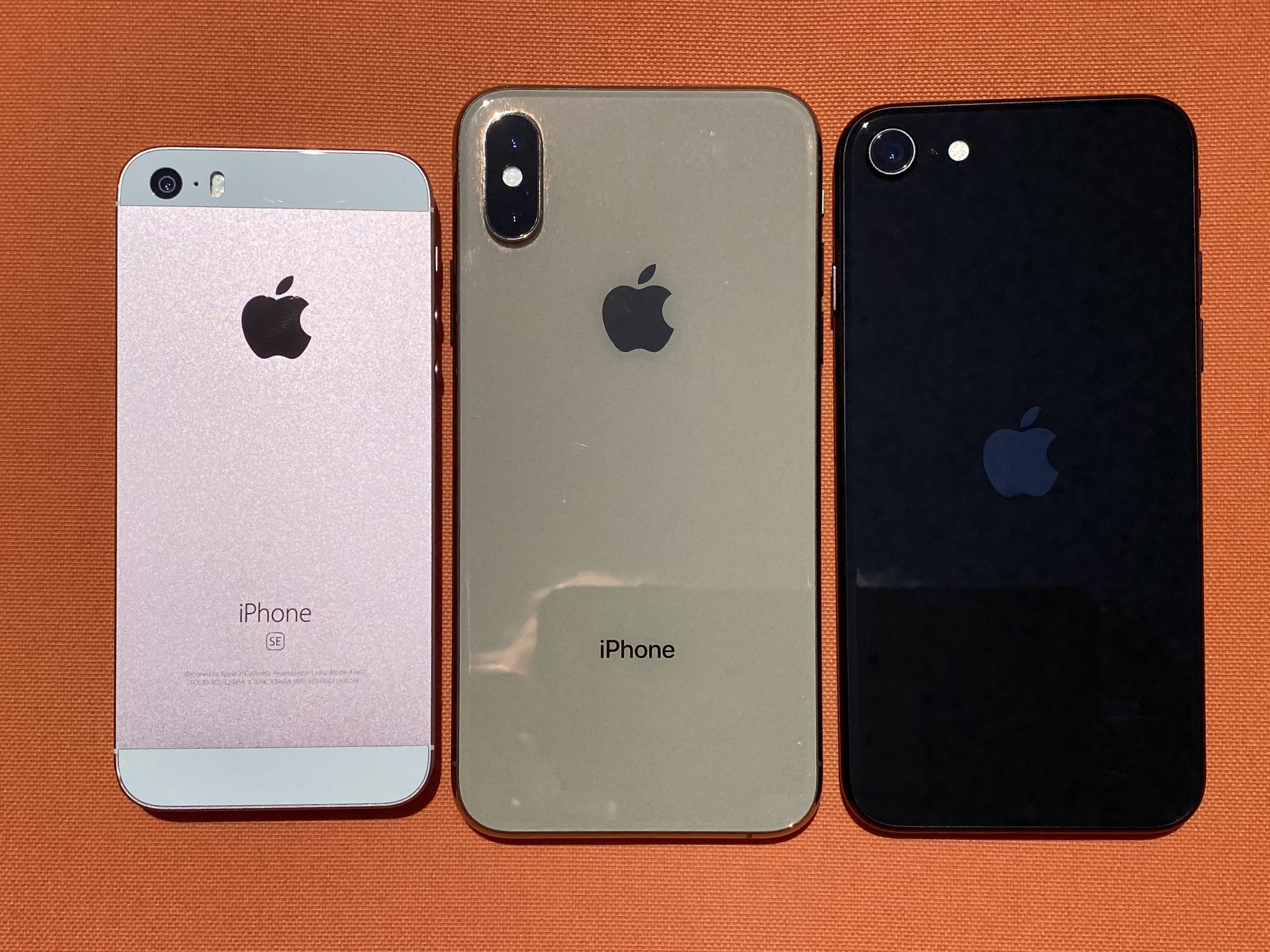
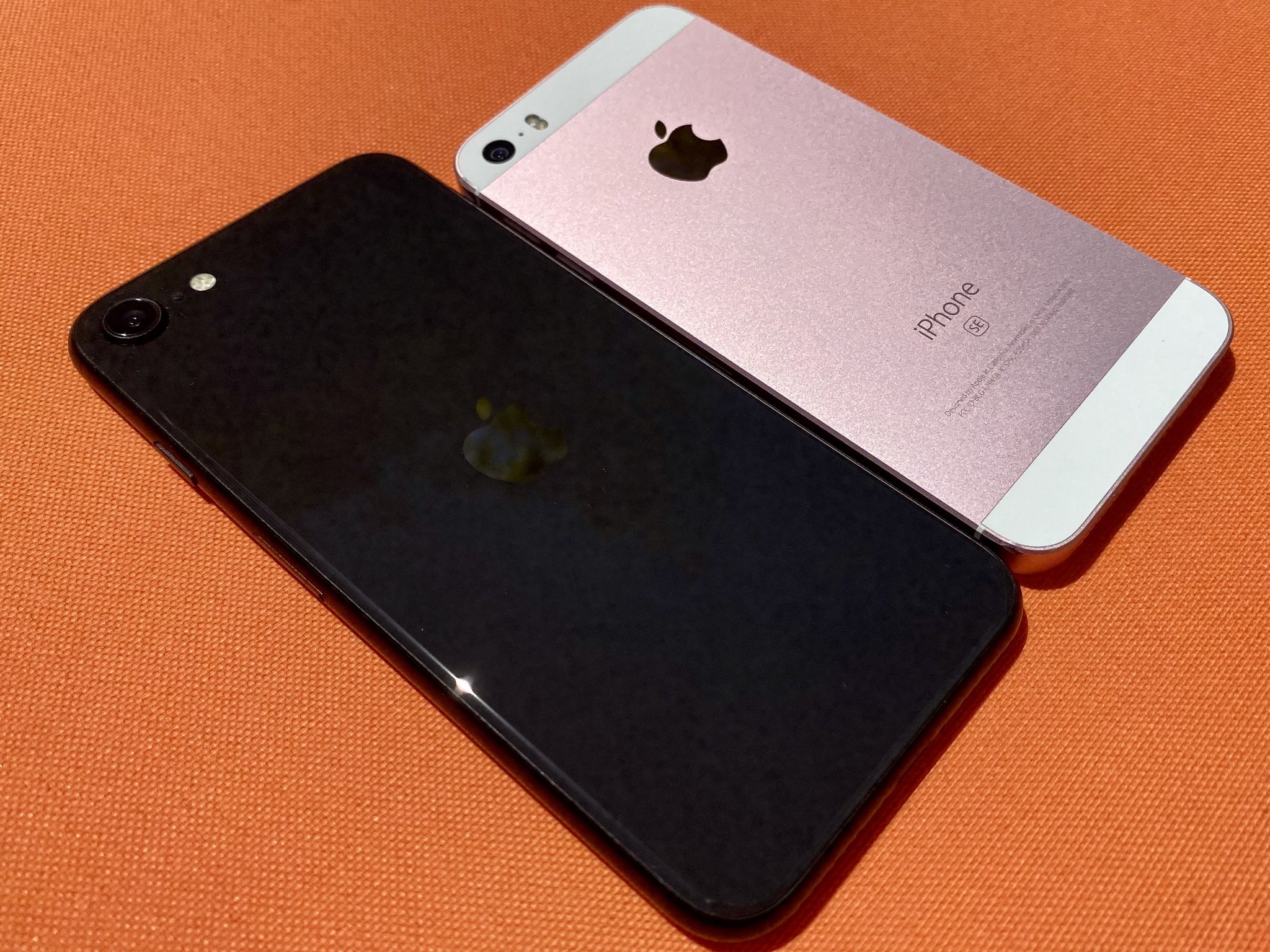
No comments:
Post a Comment